Photo

Athena
1–330 AD
Carrara marble
Boncompagni Ludovisi Collection
Museo Nazionale Romano di Palazzo Altemps
** Visit my Links page for my other blogs & Facebook Pages
Keep reading
251 notes
·
View notes
Photo

Psyche
Around 1870
Alabaster marble
Altenstein
** Visit my Links page for my other blogs & Facebook Pages
205 notes
·
View notes
Photo

Tyche
Second half of the 5th century BC
Marble
Staatliche Museen zu Berlin
** Visit my Links page for my other blogs & Facebook Pages
Keep reading
247 notes
·
View notes
Photo

Panel with Hephaestus
Italian; Mid-19th century
White marble
** Visit my Links page for my other blogs & Facebook Pages
281 notes
·
View notes
Photo
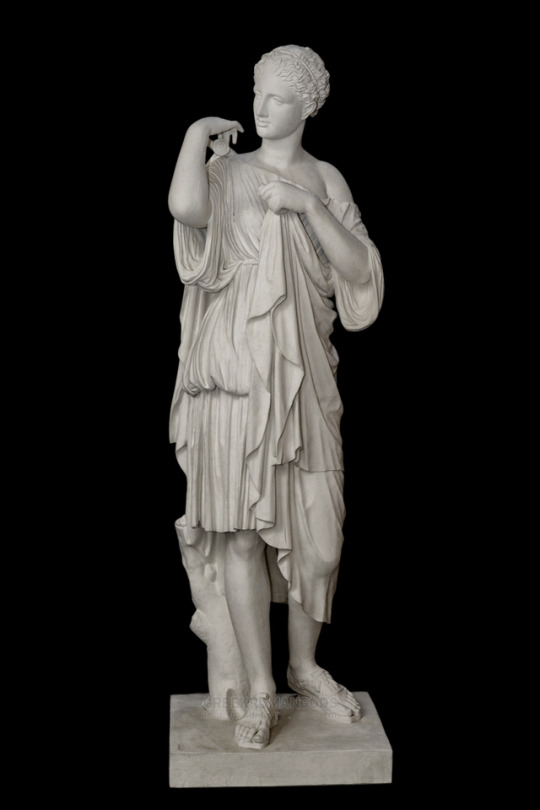
Artemis of Gabii
1920
Plaster
** Visit my Links page for my other blogs & Facebook Pages
212 notes
·
View notes
Photo

Kylix with Dionysos and a satyr
Greek; Late Archaic Period, ca. 490–480 BC
Makron Painter
Greece, Attica, Athens (Place of Manufacture)
Ceramic, Red Figure
Museum of Fine Arts, Boston
** Visit my Links page for my other blogs & Facebook Pages
Keep reading
273 notes
·
View notes
Photo
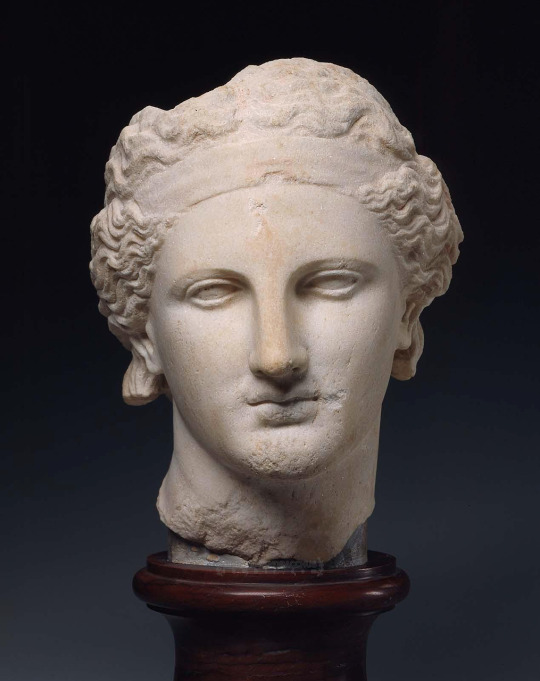
Dionysos
Greek; Classical or Hellenistic Period, ca. 340 BC
Marble probably from the Greek island of Paros
Museum of Fine Arts, Boston
** Visit my Links page for my other blogs & Facebook Pages
Keep reading
203 notes
·
View notes
Photo
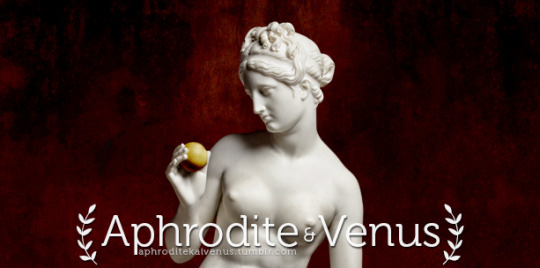
Visit my other blog dedicated to Aphrodite & Venus.
105 notes
·
View notes
Photo

Visit my other blog dedicated to Dionysos & Bacchus.
166 notes
·
View notes
Photo
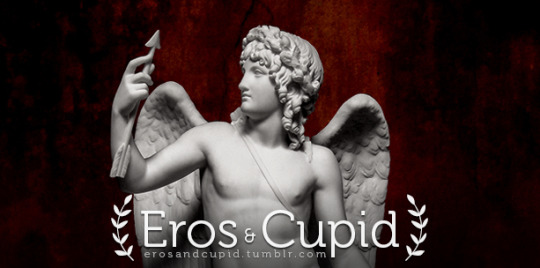
Visit my other blog dedicated to Eros & Cupid.
114 notes
·
View notes
Photo
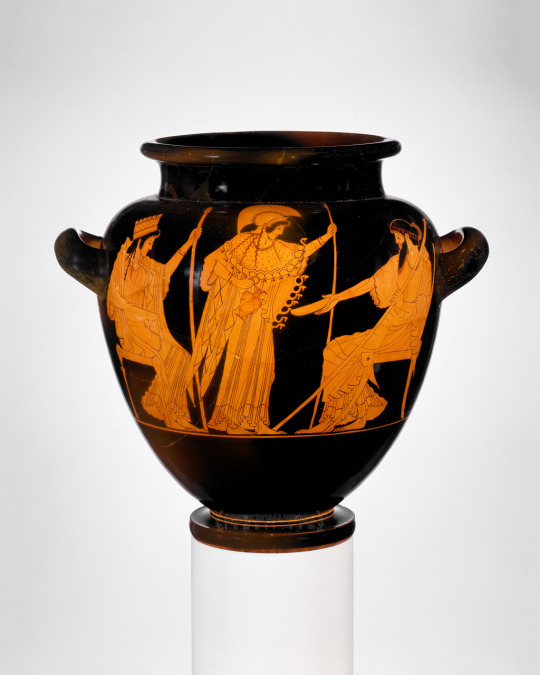
Stamnos with Athena between Hera and Zeus
Greek, Attic; Archaic, ca. 490 BC
Attributed to the Berlin Painter
Terracotta; red-figure
The Metropolitan Museum of Art
** Visit my Links page for my other blogs & Facebook Pages
184 notes
·
View notes
Photo

Head of Dionysos
Late Hellenistic or Late Republican, 1st century BC
Greek or Roman (Culture)
Terracotta
The Metropolitan Museum of Art
** Visit my Links page for my other blogs & Facebook Pages
Keep reading
342 notes
·
View notes
Photo
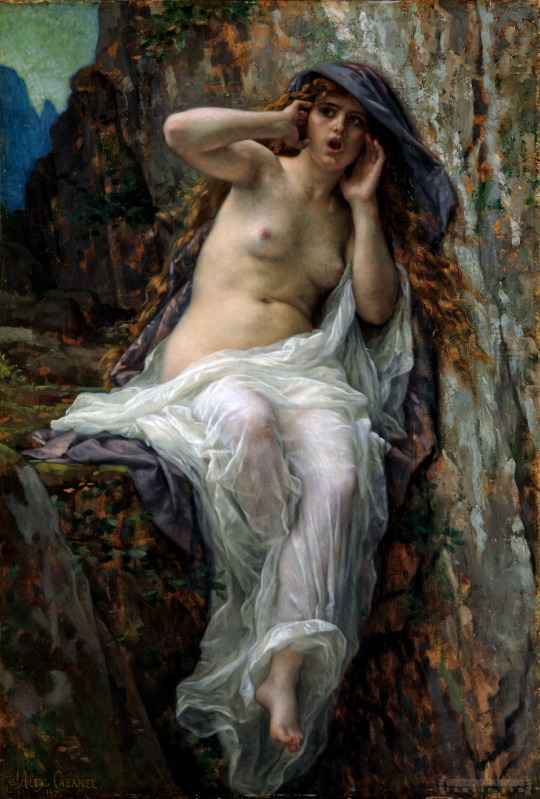
Echo
1874
Alexandre Cabanel (1823–1889)
Oil on canvas
The Metropolitan Museum of Art
** Visit my Links page for my other blogs & Facebook Pages
In Greek mythology, the beautiful nymph Echo is cursed by the goddess Hera and can only repeat the last words said to her. Unable to communicate with the man she loves, Echo retreats to the mountains and pines away until just her voice remains. This painting depicts the nymph with her mouth agape and her hands at her ears as if startled by reverberating sounds. The mannered elegance and polished handling of the figure epitomize the style promoted by the influential French Académie des Beaux-Arts. Nineteenth-century critics often deemed such idealized portrayals of the nude unconvincing, but many viewers preferred them to more realistic depictions, which seemed shockingly indecorous.
65 notes
·
View notes
Photo
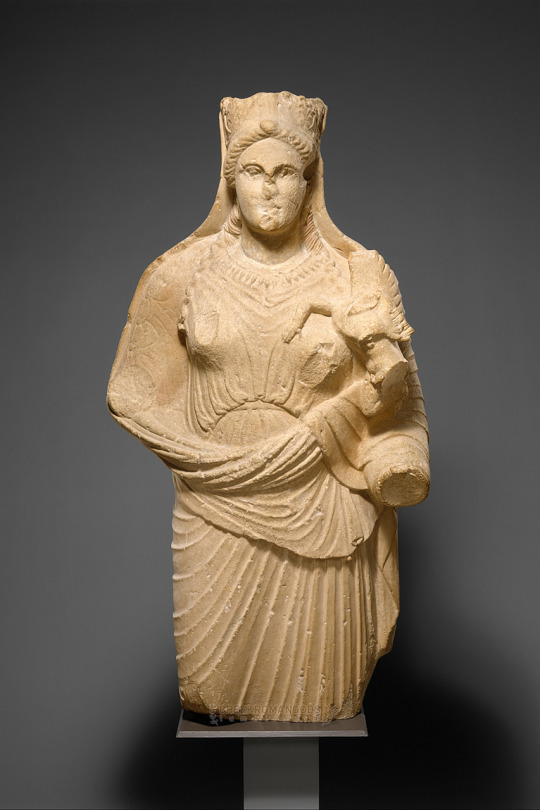
Aphrodite holding winged Eros
Cypriot; Classical, Late 4th century BC
Culture: Cypriot
Limestone
The Metropolitan Museum of Art
** Visit my Links page for my other blogs & Facebook Pages
From the eighth century B.C. the Greek poets associated the goddess Aphrodite with Cyprus, but on the island itself the local Great Goddess did not become assimilated with Aphrodite until the fourth century B.C., when the worship of many Greek divinities was introduced. In this work the goddess is clearly identified as Aphrodite by the small figure of her son Eros, winged god of love, who perches on her shoulder. The Cypriots did not adopt a conventional Greek way to represent Aphrodite but transferred their own iconography for the Great Goddess of the island to their images of Aphrodite. From the ninth to the sixth century B.C. images of the Cypriot Great Goddess were inspired by Eastern art, especially that of the Syro-Phoenician goddess Astarte, who appeared nude. From the fifth century the local goddess was shown with a high round headdress decorated with vegetal and floral motifs, as befits a fertility goddess. Here Aphrodite wears such a crown decorated with palmettes alternating with nude females—recalling the figures of Astarte. She has long locks falling over her shoulders, a motif taken from early Greek sculpture, and she wears a chiton with himation (cloak) drawn up over the back of the headdress.
54 notes
·
View notes
Photo

Oedipus and the Sphinx
1864
Gustave Moreau (1826–1898)
Oil on canvas
The Metropolitan Museum of Art
** Visit my Links page for my other blogs & Facebook Pages
The legendary Greek prince Oedipus confronts the malevolent Sphinx, who torments travelers with a riddle: What creature walks on four legs in the morning, two legs at noon, and three legs in the evening? Remains of victims who answered incorrectly litter the foreground. (The solution is the human, who crawls as a baby, strides upright in maturity, and uses a cane in old age.) Moreau made his mark with this painting at the Paris Salon of 1864. Despite the growing prominence of depictions of everyday life, he portrayed stories from the Bible, mythology, and his imagination. His otherworldly imagery inspired many younger artists and writers, including Odilon Redon and Oscar Wilde.
295 notes
·
View notes
Photo

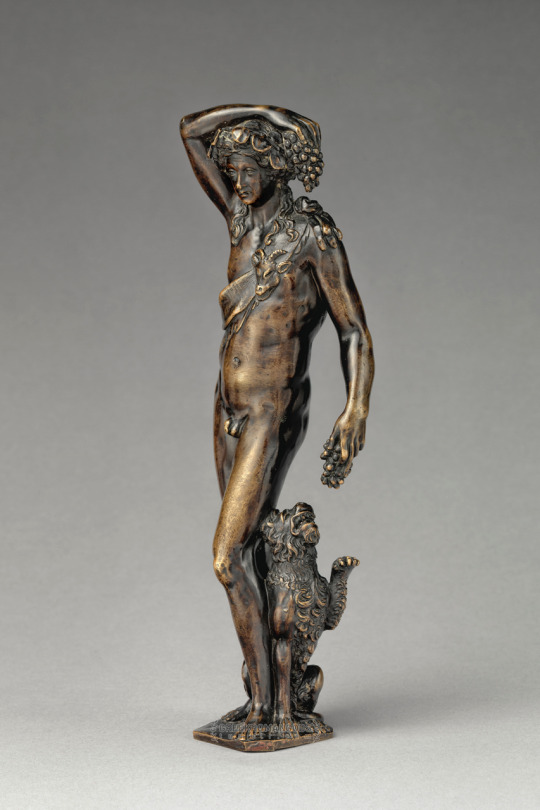

Bacchus and a Panther
Italian; 16th–17th century
Bronze
The Metropolitan Museum of Art
** Visit my Links page for my other blogs & Facebook Pages
479 notes
·
View notes
Photo

Terracotta Lekythos: Dionysos with a Satyr and Goat
Greek, Attic; Classical, ca. 480 BC
Attributed to the Workshop of the Bowdoin Painter
Terracotta; black-figure, white-ground
The Metropolitan Museum of Art
** Visit my Links page for my other blogs & Facebook Pages
Keep reading
344 notes
·
View notes